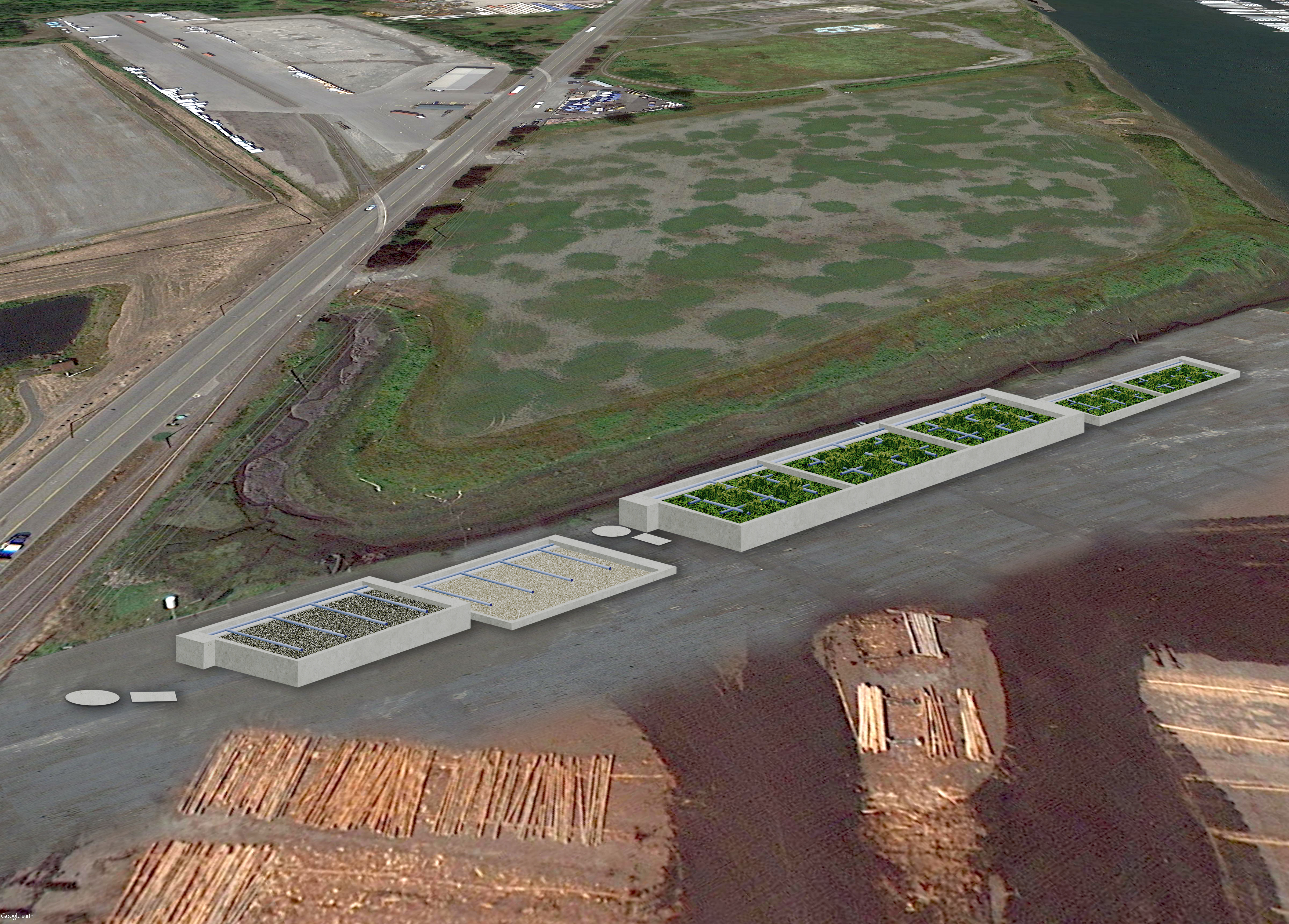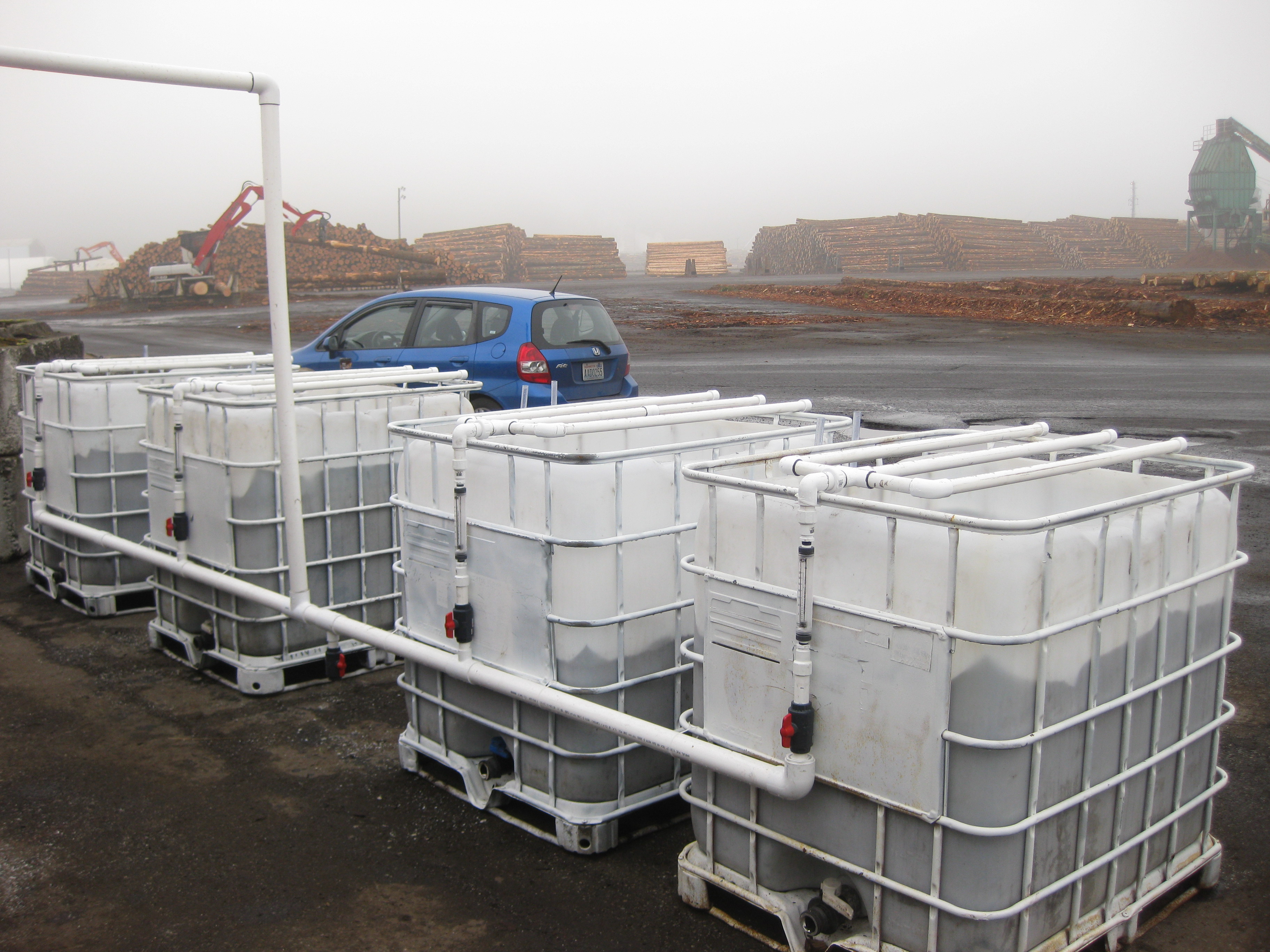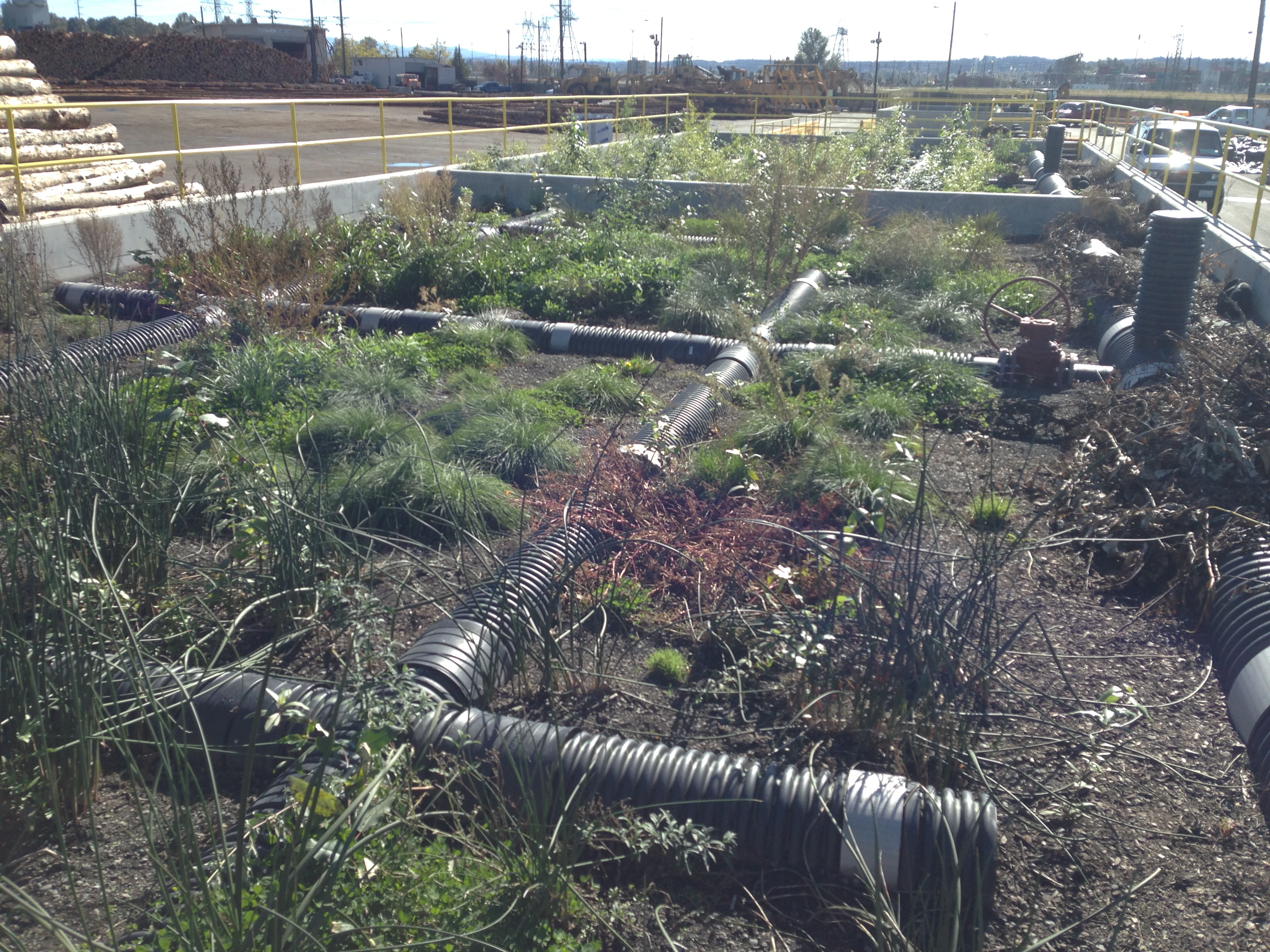Size of Facility
Construction Value
Given the latest monitoring results, I just wanted to take a moment to share some thoughts with you regarding the West Hylebos Log Yard Biofiltration system. Typically, when an engineering firm is charged with designing a project the 'thing' gets designed and constructed with a large effort from that firm but after it is completed, the designers move on and don't give it much thought. Your team (Ben, Stephanie, Nate, John), with your leadership, is very different and I am impressed! Since the construction of the Biofiltration was completed, your team has gone above and beyond what was expected in order to improve the results, and ultimately, ensure the success of the treatment system. They have shared in the ownership of success and the results are just as genuinely personal to them as they are to me, and they continue to do so. I can't tell you how much I appreciate their unrelenting commitment and efforts. We have a little more to do, however, knowing I have the support and commitment from your team I have no doubt we will hit our target and be below benchmarks very soon. Kuddos!!
KJ assisted the Port of Tacoma with the design of a stormwater treatment system for runoff from its 25-acre waterfront log sort yard adjacent to the Hylebos Waterway.

Stormwater runoff at the site is covered under the under the State of Washington Department of Ecology Industrial Stormwater General Permit (ISGP). Like most wood products facilities in the Pacific Northwest, the log yard was having difficulty meeting the ISGP-listed concentrations for TSS, turbidity, COD, and zinc, and copper.
KJ performed an AKART evaluation identifying appropriate stormwater treatment systems while carefully considering the sites unique combination of economic, geographic, and contaminant constraints.
The AKART study spanned the range of available treatment approaches and technologies including transfer of runoff to the City of Tacoma’s sanitary sewer system, engineered stormwater treatment wetlands, biofiltration, and advanced treatment utilizing coagulation, flocculation, settling, oxidation, and adsorptive media filtration, and included concept-level designs and order of magnitude cost estimates considering lost lease revenue and 30-year life cycle costs.
Based on this evaluation, pretreatment media filtration followed by biofiltration was selected for design. Given the changing nature of Port facilities and the need to be nimble and able to adapt to changing commodities, the biofiltration approach was selected for its ability to meet the overarching goal to provide a stormwater treatment system for the West Hylebos Pier – not only for log handling but any other commodity that may be handled in the future.

Biofiltration had never been applied for treatment of runoff from log yards and KJ worked with the Port to pilot the biofiltration concept in the field under real-world conditions. Results of the pilot study helped define the hydraulic and treatment requirements for use in final design.
KJ prepared an Engineering Report for the design and met with the Port and Ecology several times to achieve Ecology buy-off on the overall project approach and Engineering Report approval.

Construction of the West Hylebos Pier biofiltration stormwater treatment system will be completed on time to meet Ecology’s Agreed Order deadline. This project became a model for stormwater treatment for Port facilities handling any commodity. Even though the design is state-of-the-art, our 100% cost estimate was within 0.2% of the final bid, which is testament to the detail and quality of the bid documents we prepared

